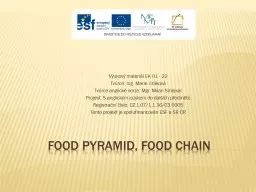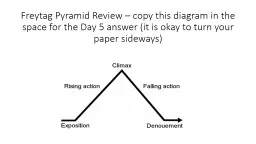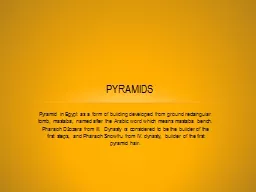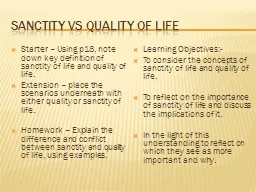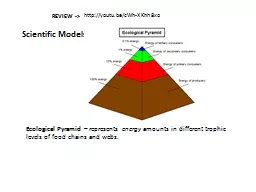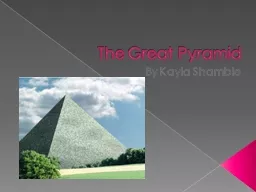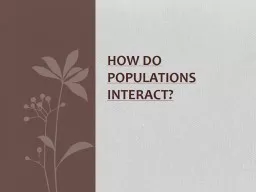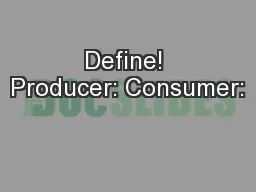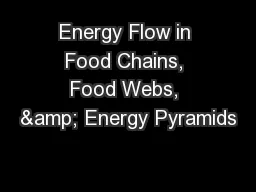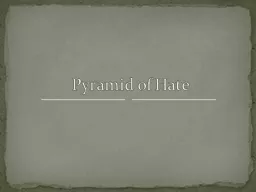PPT-Food pyramid, food
Author : lois-ondreau | Published Date : 2016-12-23
chain Výukový materiál EK 01 22 Tvůrce Ing Marie Jiráková Tvůrce anglické verze Mgr Milan Smejkal Projekt S anglickým jazykem do dalších předmětů
Presentation Embed Code
Download Presentation
Download Presentation The PPT/PDF document "Food pyramid, food" is the property of its rightful owner. Permission is granted to download and print the materials on this website for personal, non-commercial use only, and to display it on your personal computer provided you do not modify the materials and that you retain all copyright notices contained in the materials. By downloading content from our website, you accept the terms of this agreement.
Food pyramid, food: Transcript
Download Rules Of Document
"Food pyramid, food"The content belongs to its owner. You may download and print it for personal use, without modification, and keep all copyright notices. By downloading, you agree to these terms.
Related Documents

